19 days 18 nights
Daily Tour
Unlimited
English
About this tour
The Everest Base Camp trek combined with the climb of Island Peak is an adventurous and thrilling journey in the Everest region of Nepal. Island Peak, also known as Imja Tse, is a popular trekking peak that stands at 6,189 meters (20,305 feet) above sea level. It offers a challenging yet achievable climb for trekkers with some prior mountaineering experience.
The journey typically starts with a flight to Lukla and then follows the classic Everest Base Camp trek route through stunning landscapes, Sherpa villages, and Buddhist monasteries. Trekkers pass through Namche Bazaar, Tengboche, Dingboche, and Gorakshep before reaching Everest Base Camp.
Everest Base Camp Trek
After experiencing the iconic base camp of the world’s highest peak and taking in breathtaking views of the Khumbu Icefall, the journey continues towards Island Peak. The Island Peak climb usually requires technical climbing skills and the use of equipment like crampons, ice axes, and ropes. Prior acclimatization and some training in basic mountaineering techniques are usually recommended before attempting the ascent.

The climb itself is rewarding, offering panoramic views of the Himalayas, including Lhotse, Nuptse, Makalu, Ama Dablam, and, of course, Everest.
Combining the Everest Base Camp trek with the ascent of Island Peak provides a comprehensive adventure that blends the cultural immersion of the Everest region with the challenge of a significant peak climb. It’s an excellent option for trekkers seeking both the thrill of mountaineering and the awe-inspiring beauty of the Himalayas.
How is it different from Everest Base Camp Trek?
The Everest Base Camp (EBC) Trek and the Everest Base Camp Trek with Island Peak are similar in that they both involve trekking in the Everest region of Nepal and offer stunning views of the Himalayas. However, there are some key differences between the two:
- Route and Duration: The Everest Base Camp Trek is primarily a trekking journey that takes you to the base camp of Mount Everest. It involves trekking through various Sherpa villages, crossing suspension bridges, and passing through diverse landscapes over roughly 12-14 days. On the other hand, the Everest Base Camp Trek with Island Peak includes the additional challenge of climbing Island Peak, which requires more time (typically around 18-20 days). It involves a diversion from the classic EBC route to summit Island Peak.
- Climbing Experience: The Everest Base Camp Trek itself doesn’t involve technical climbing; it’s a trekking route that requires good physical fitness and stamina. However, Island Peak requires some level of mountaineering experience and technical climbing skills. Climbing Island Peak involves using equipment like crampons, ice axes, ropes, and requires familiarity with basic mountaineering techniques.
- Altitude and Acclimatization: Both treks involve acclimatization days to help your body adjust to the high altitude. However, climbing Island Peak takes you even higher than the Everest Base Camp trek alone. Island Peak stands at over 6,000 meters, so proper acclimatization is crucial to avoid altitude-related issues.
- Objective: The primary goal of the Everest Base Camp Trek is to reach the base camp of Mount Everest, experiencing the culture, landscape, and views along the way. In contrast, the Everest Base Camp Trek with Island Peak includes an additional goal of summiting a Himalayan peak, which adds a significant mountaineering challenge to the journey.
Ultimately, the Everest Base Camp Trek and the Everest Base Camp Trek with Island Peak cater to different levels of adventure and challenge. The former is a classic trekking experience to Everest’s base camp, while the latter adds a mountaineering element with the ascent of Island Peak, requiring more technical skills and a longer duration.
Is it possible for new trekkers?
For new trekkers, attempting the Everest Base Camp trek alone can already be a challenging yet achievable adventure. However, adding Island Peak to the itinerary might require more preparation and experience due to the technical nature of the climb.
While Island Peak is considered a beginner-friendly peak for climbers with some prior trekking experience and basic mountaineering skills, it’s advisable for new trekkers to gain some experience in high-altitude trekking and possibly introductory mountaineering before attempting the Island Peak climb.
Here are some suggestions for new trekkers who aspire to do the Everest Base Camp trek with Island Peak climb:
- Physical Fitness: Focus on building good cardiovascular endurance and strength before the trek. Regular hiking, aerobic exercises, and strength training will help prepare your body for the trek and climb.
- Trekking Experience: It’s beneficial to have some experience with multi-day trekking at high altitudes. Consider doing shorter treks to acclimatize to high altitudes and understand how your body responds to such conditions.
- Mountaineering Skills: Take a basic mountaineering course or receive guidance from experienced climbers to learn essential techniques such as using crampons, ice axes, rope handling, and understanding glacier travel. This preparation is crucial for the Island Peak climb.
- Acclimatization: Understand the importance of acclimatization in high-altitude environments to prevent altitude sickness. Follow the recommended acclimatization schedule during the trek.
- Guided Tours: Consider joining a guided tour or expedition led by experienced guides and climbers. They can provide support, guidance, and ensure safety throughout the trek and climb.
- Consultation: Prior to the trip, consult with trekking and mountaineering experts to assess whether the Island Peak climb aligns with your current skill level and physical fitness.
While it’s possible for new trekkers to attempt the Everest Base Camp trek with Island Peak, it’s crucial to understand the challenges involved and adequately prepare both physically and mentally. Starting with the Everest Base Camp trek alone might be a good initial goal for new trekkers, with the possibility of attempting Island Peak on a subsequent trip after gaining more experience and skills.
Absolutely! The combination of the Everest Base Camp trek with the Island Peak climb is an incredible adventure, but it demands a blend of physical readiness, prior trekking experience, and basic mountaineering skills. For new trekkers, it’s an ambitious undertaking that can be achieved with adequate preparation.
Starting with the Everest Base Camp trek is an excellent way to immerse yourself in the beauty of the Everest region and understand high-altitude trekking. As you gain experience and confidence through shorter treks, physical conditioning, and possibly introductory mountaineering courses, you’ll be better equipped to tackle the additional challenge of Island Peak.
Always prioritize safety and preparedness. Consider joining guided expeditions led by experienced professionals who can provide support, guidance, and ensure a safe experience. Remember, the journey to Everest Base Camp alone is an awe-inspiring achievement, and attempting Island Peak can be an aspirational goal for future trips once you’ve gathered more experience and skills. Tailoring the adventure to your capabilities ensures a rewarding and enjoyable experience amidst the stunning landscapes of the Himalayas.
Highlights
- Diverse landscapes: From lush valleys to barren terrains, each offering stunning vistas.
- Sherpa culture: Encounter villages and monasteries, experiencing rich traditions.
- Everest Base Camp: Witness the iconic site and the towering Khumbu Icefall.
- Panoramic views: Enjoy breathtaking sights of Everest, Lhotse, Nuptse, and Ama Dablam.
- Kala Patthar: Ascend for an unforgettable sunrise view over the Everest massif.
- Island Peak climb: Challenge yourself to summit a 6,000-meter peak.
- Glacier crossings: Navigate through rugged terrains and icy glaciers.
- Sherpa hospitality: Experience warm welcomes and cultural insights.
Included/Excluded
- Airport Pick up and Drop by Private Car upon arrival and departure
- Hotel Accomodation (Shared Room for Minimum 2 Pax and Single Room for Private Trip) in Kathmandu & in Tea Houses as per Itinerary
- All clean Standard Teahouses (Shared Room for Minimum 2 Pax and Single Room for Private Trip) in Lukla, Phakding, Namchebazzar, Tengboche, Dingboche, Lobuche, Gorakshep as per Package booked
- Overland transport from Kathmandu to Ramechap (both ways)
- Flight Ticket from Ramechap to Lukla (both ways)
- Meals 3 x a day as per mentioned in Itinerary
- Company Duffle Bag to lend for trekking
- Sleeping Bag to lend for trekking
- Seasonal Fruits during trekking
- Professional Experienced Licensed English Speaking Guide
- Porter (1 Porter for 2 People with maximum luggage 25 kgs)
- Sagarmatha National Park Trekking Permit & Government Tax
- Nepal Visa Online Application Service
- Emergency Evacuation Management / Service by Horse or Helicopter
- Farewell Dinner before Departure
- Official Trekking Certificate from our Company
- Flight ticket to Nepal & Travel Insurance
- Tourist Visa On Arrival Fee --> 15 Days = USD 30, 30 Days = USD 50
- Tips for Guide & Porter
- Extra Accommodation which is caused by your early arrival or late departure other than the trek date, and if you are back to Kathmandu early from the trek due to any problem or rescue (other personal reasons).
- Extra Airport transfer cost if you have to return back from Kathmandu/Ramechap airport to hotel again and again go to Lukla airport because of weather problem (flight cancellation).
- Horse Rent / Helicopter Cost/Expenses for Emergency Evacuation or Personal Request
- Personal Expenses for trekking such as mountain gear or equipments, shopping, wifi/nepal simcard, phone/battery charge, hot water/shower, extra personal meals, drinks (mineral water), snacks, laundry etc
- Other Personal Expenses which are not included in the above facilities.
Itinerary

You arrive in Kathmandu, the vibrant capital of Nepal, and transfer to your hotel. Take in the bustling streets, rich cultural heritage, and prepare for the adventure ahead.

A scenic flight or a drive to Manthali/Ramechhap followed by a short flight to Lukla sets the stage. Trekking from Lukla to Phakding, you begin your journey through lush landscapes and charming villages.
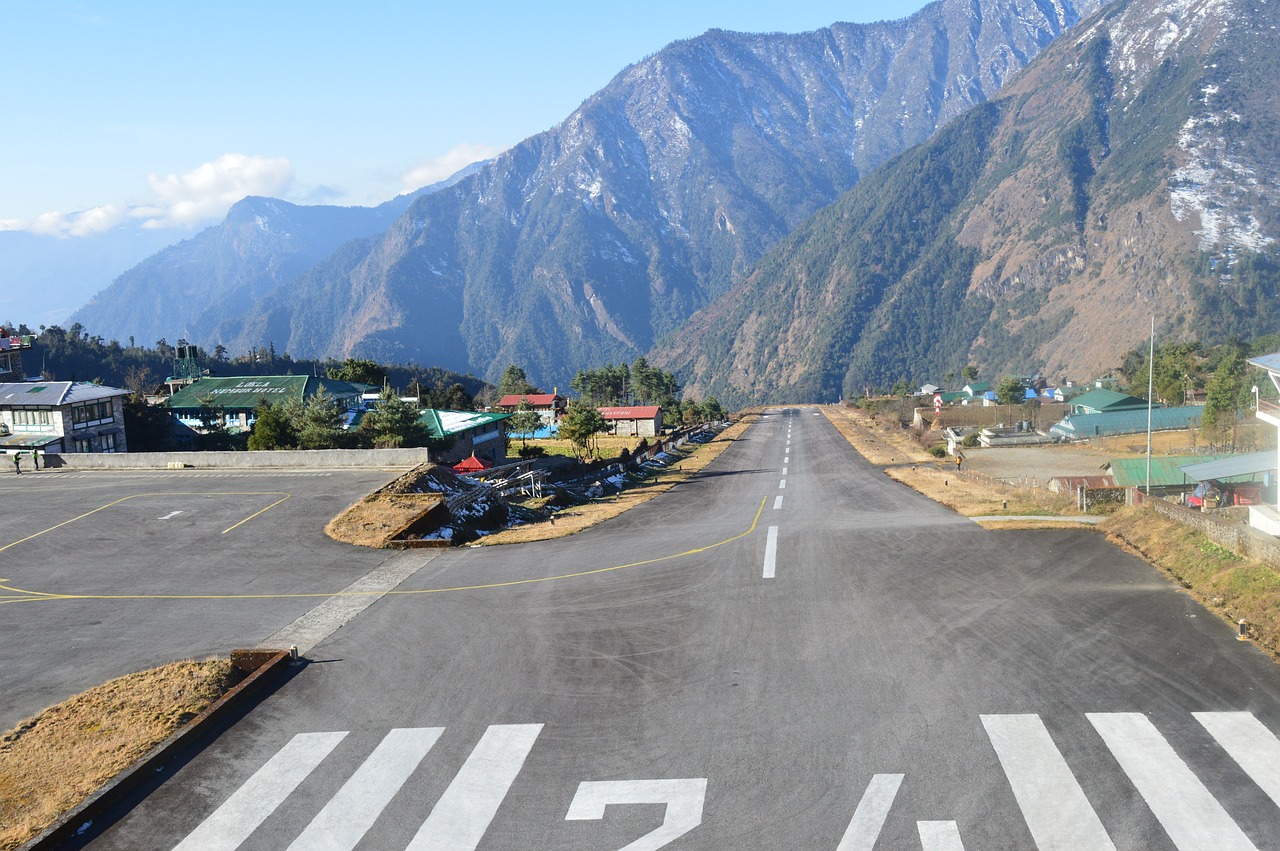
The trek to Namche Bazaar, a lively Sherpa town, involves crossing suspension bridges and following the Dudh Koshi River. The gradual ascent prepares you for higher altitudes.
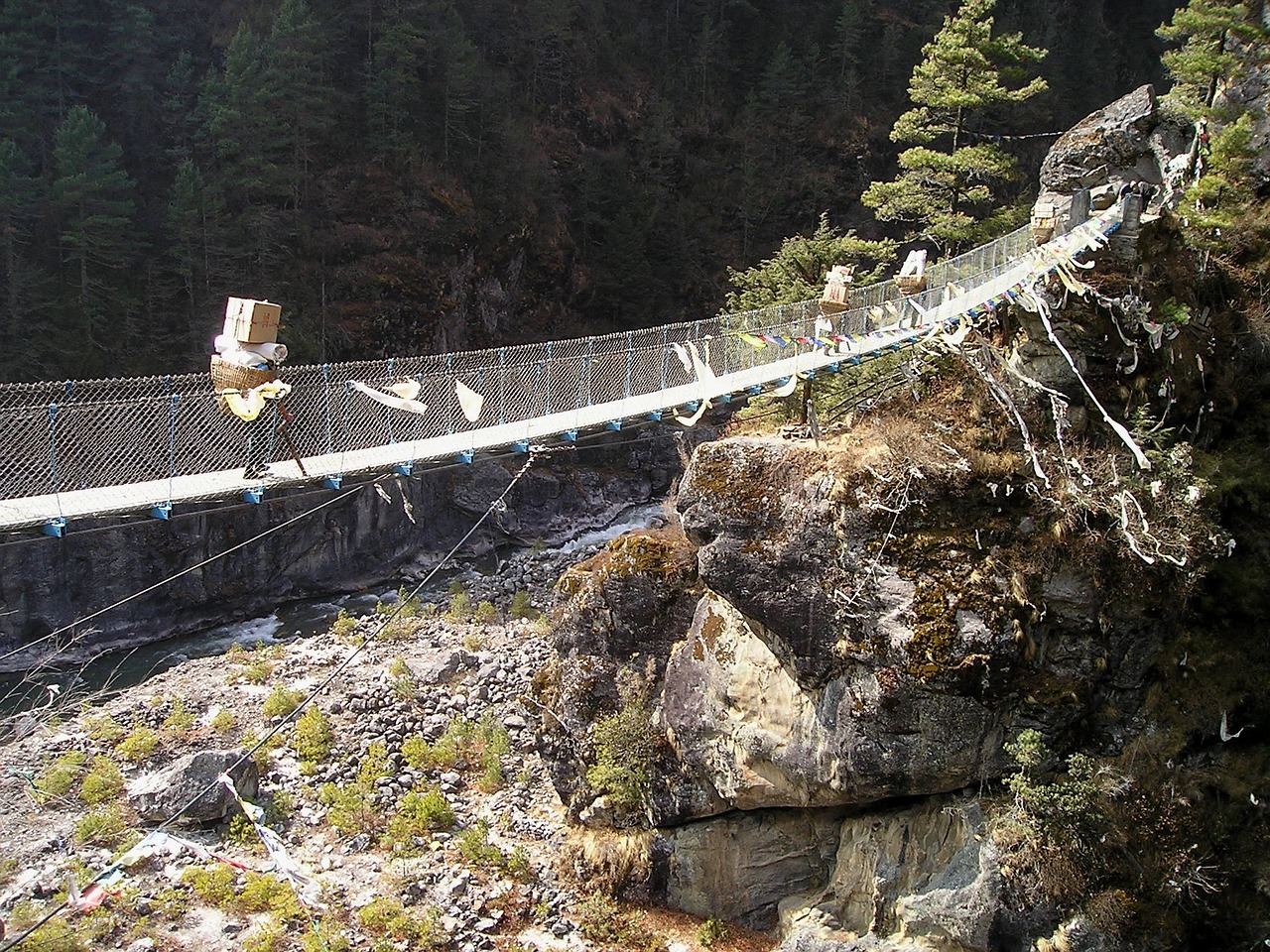
Take a hike to Hotel Everest View for stunning panoramic views. Acclimatization is crucial at this altitude to prevent altitude sickness.
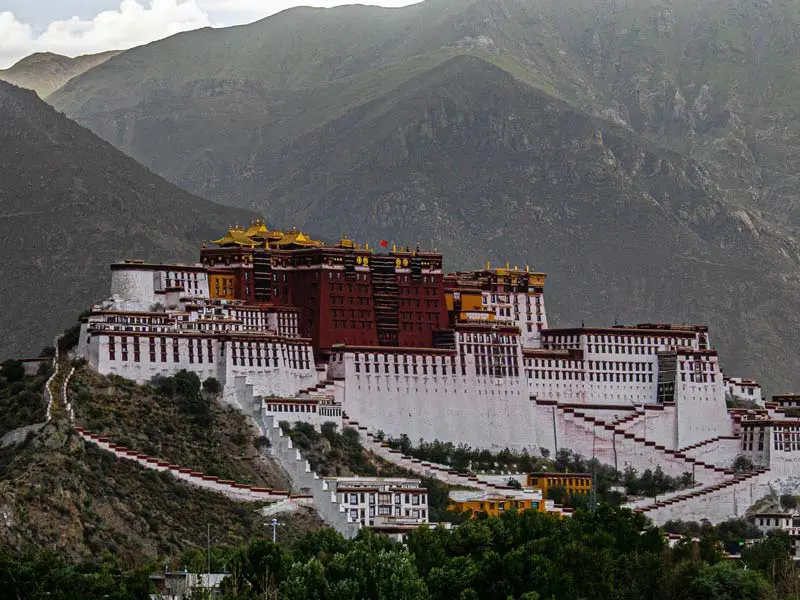
The trail to Tengboche offers mesmerizing views of Everest, passing through rhododendron forests and reaching the famous Tengboche Monastery.
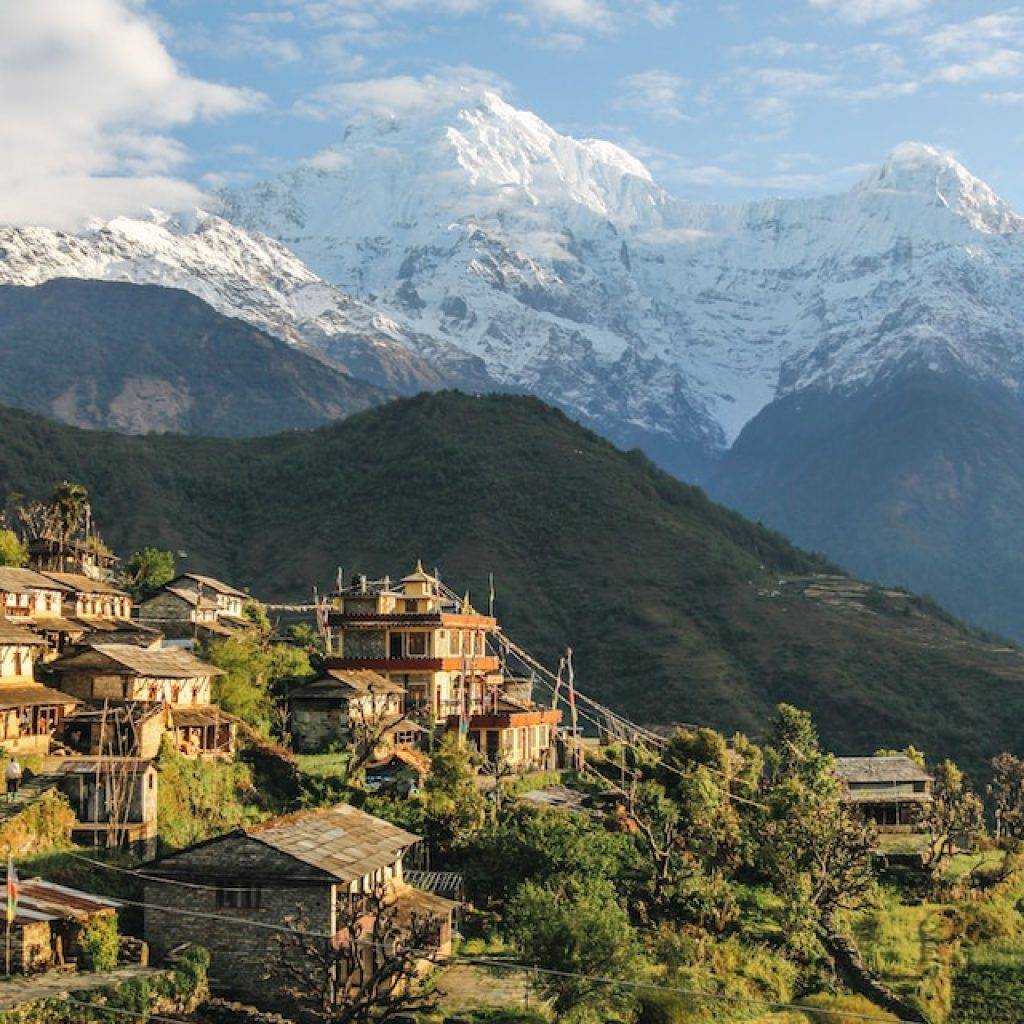
As you continue your journey, the landscape changes, becoming more rugged. Enjoy breathtaking views of Ama Dablam along the way.
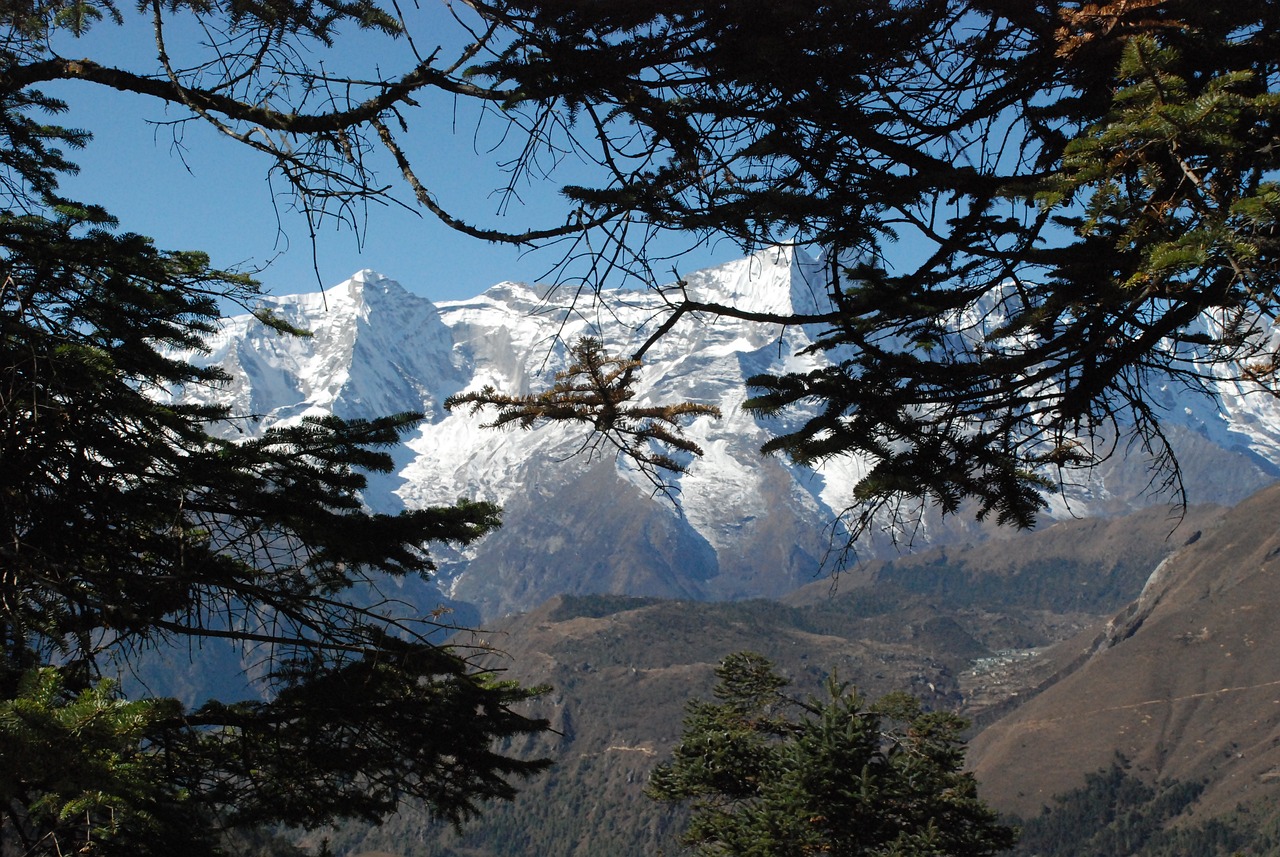
Hike to Nangkartsang Peak for panoramic views of the Himalayas, aiding in acclimatization for the higher altitudes ahead.

The trail leads to Lobuche, nestled amid stunning mountain views and providing a glimpse of the challenging terrains to come.

The highlight of the trek—reaching Everest Base Camp. Witness the magnificence of the Everest region before returning to Gorak Shep for the night.
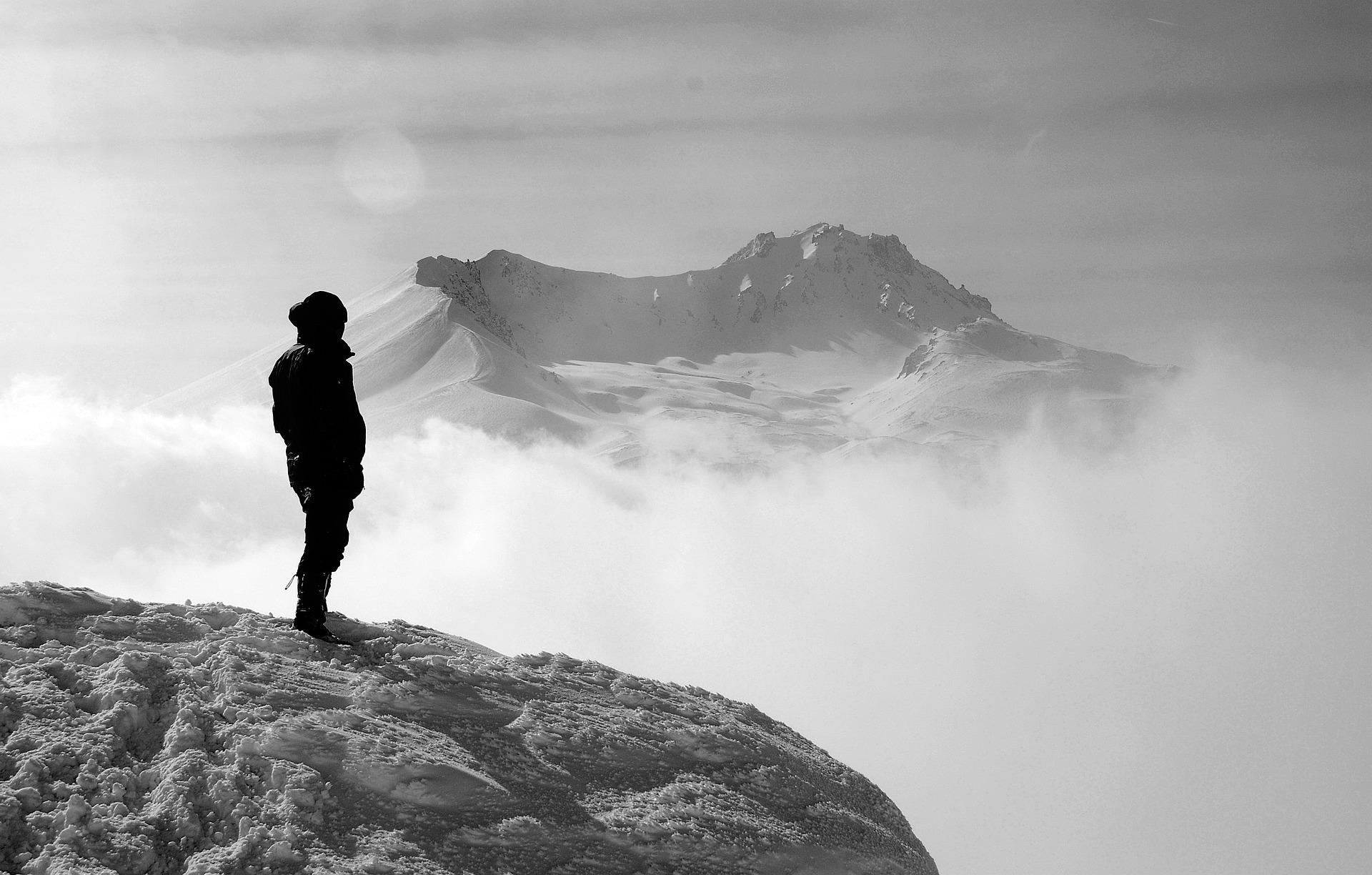
An early morning hike to Kala Patthar for an incredible sunrise view of Everest. Descend to Pheriche, enjoying the changing landscape.
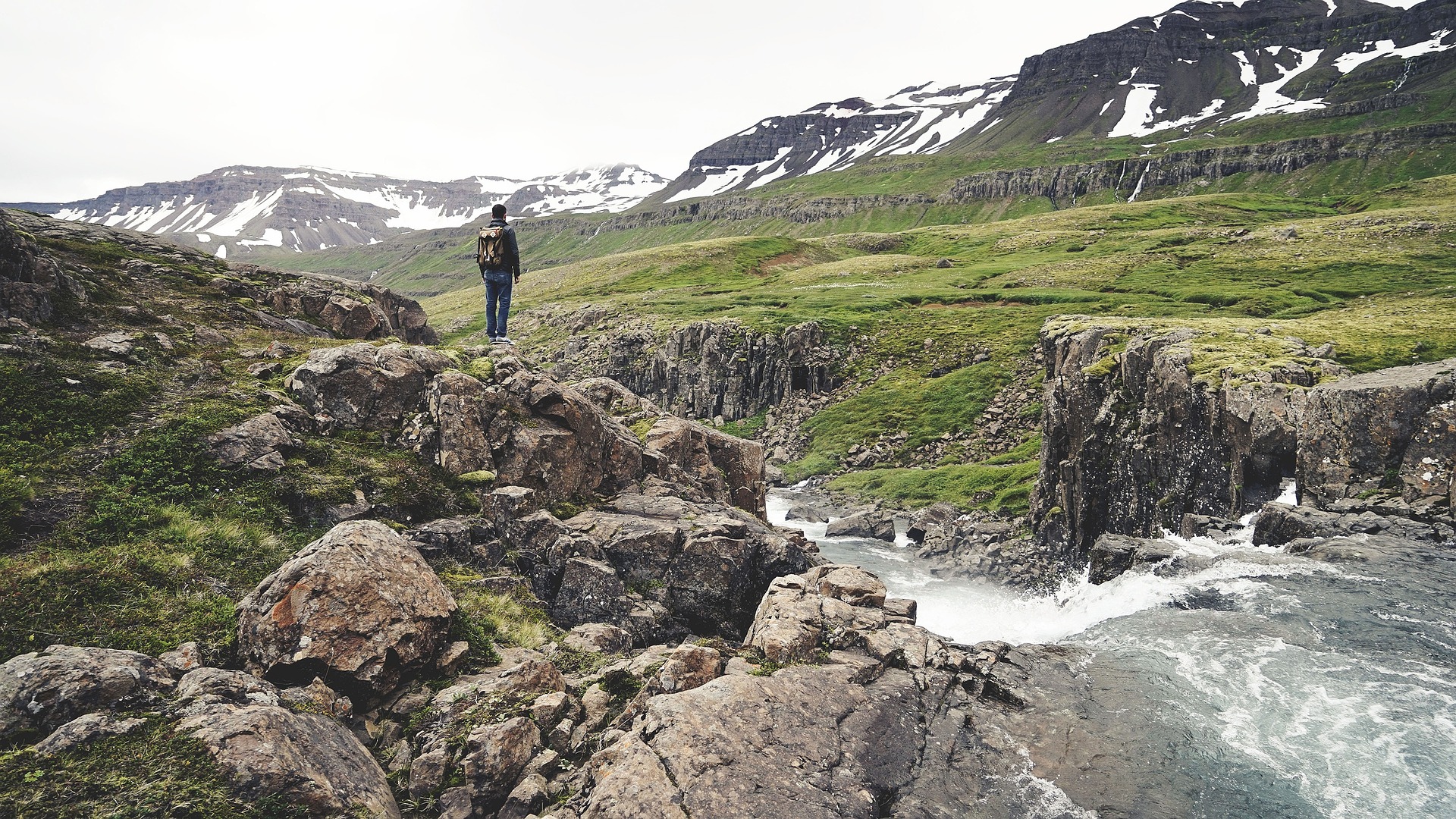
A shorter trek compared to previous days, allowing time to rest and prepare for the upcoming climb.
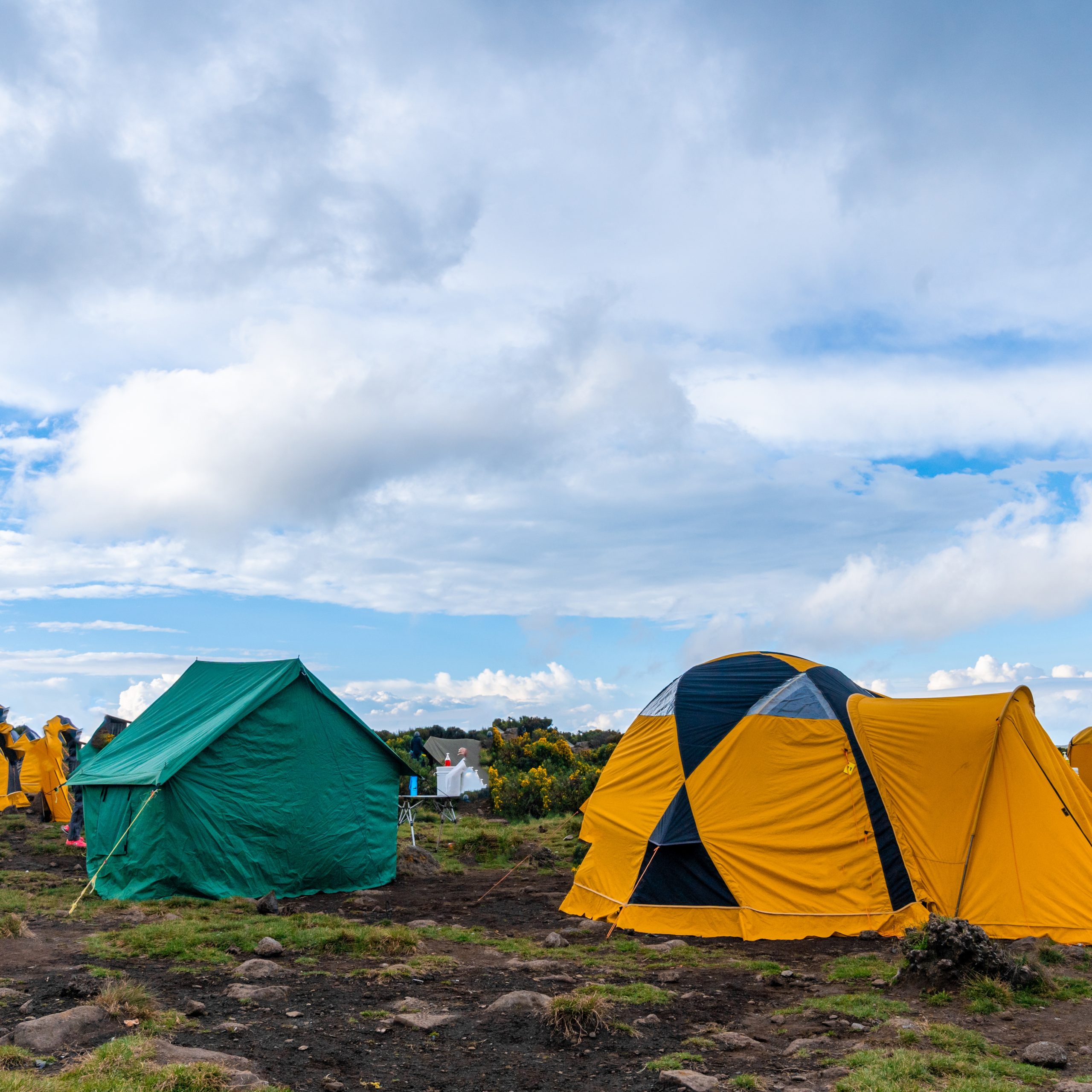
Trekking to the base camp of Island Peak, surrounded by towering peaks and a sense of anticipation for the climb.
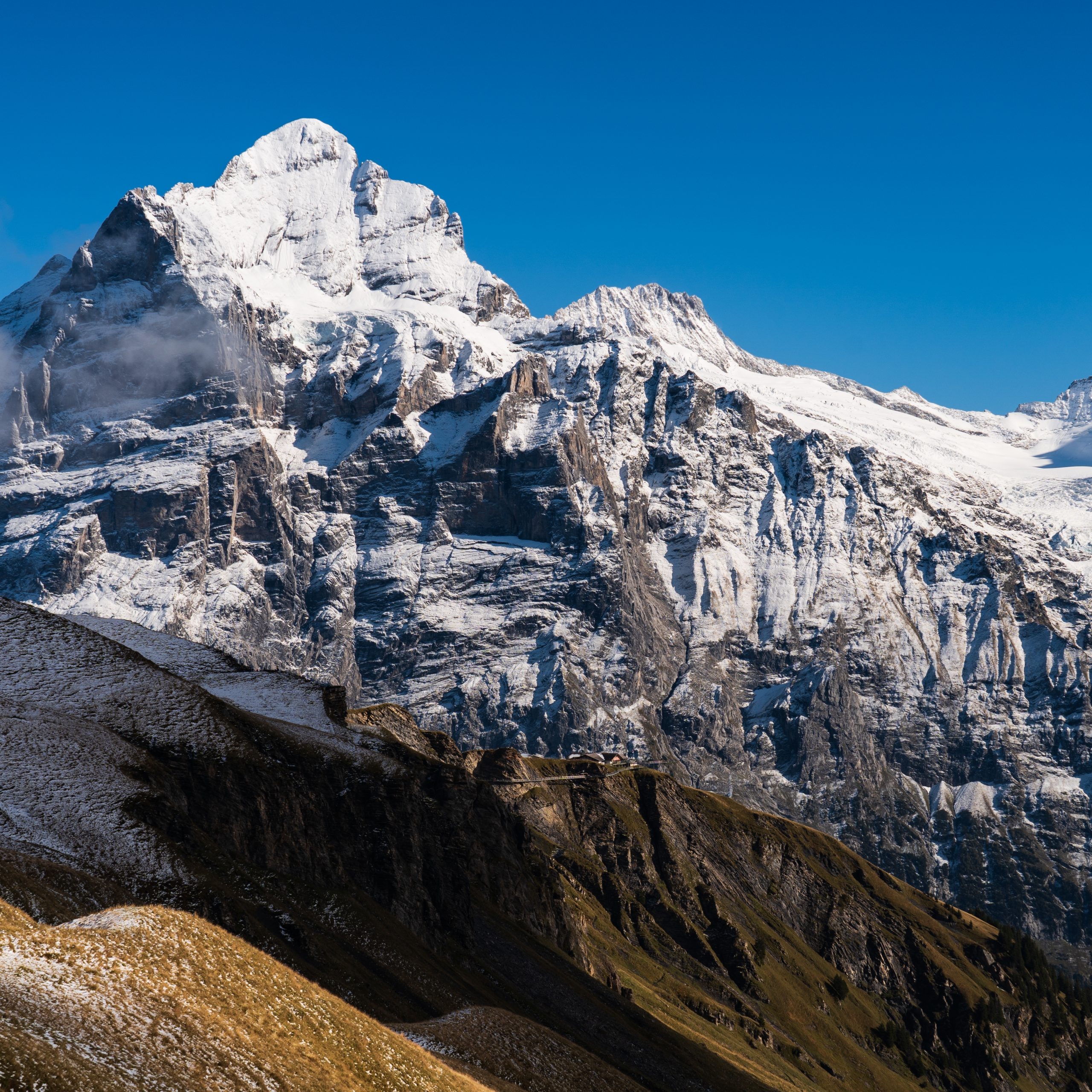
The challenging climb to Island Peak's summit—a thrilling achievement. Return to Chukhung, relishing the accomplishment.

A contingency day for adverse weather conditions or to rest. If not needed, it provides flexibility for exploration or relaxation.
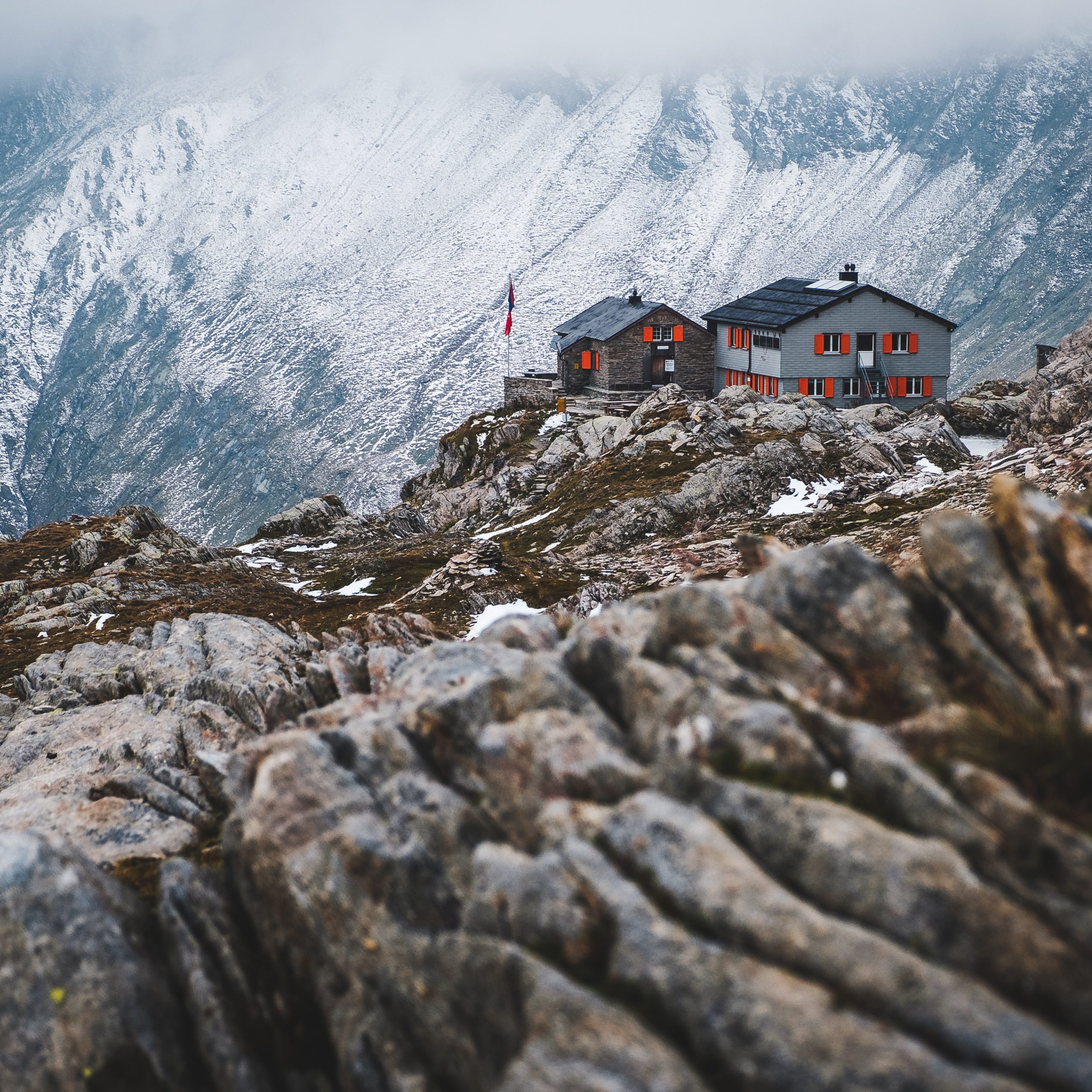
A contingency day for adverse weather conditions or to rest. If not needed, it provides flexibility for exploration or relaxation.

Passing through Khumjung, soak in the Sherpa culture and stunning scenery on the way back to Namche Bazaar.
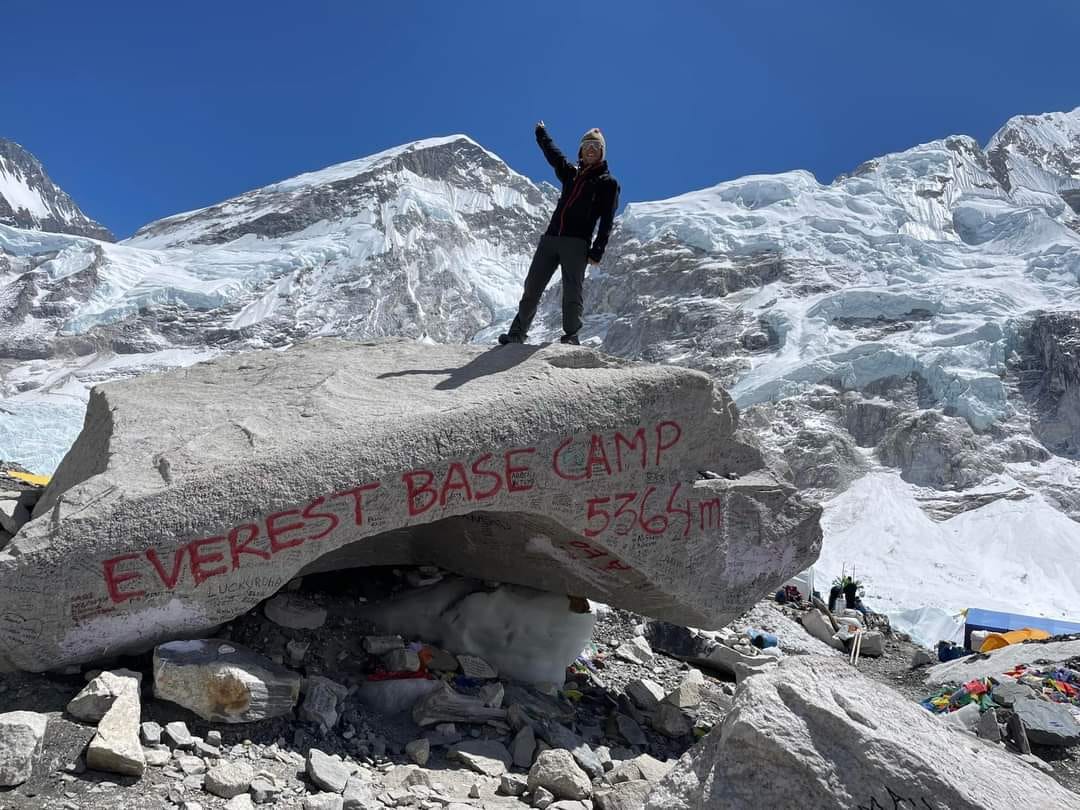
The final leg of the trek retraces the route back to Lukla, marking the end of the trekking journey.

Either by a flight or drive, return to Kathmandu and relax after the trek, savoring the memories and achievements.
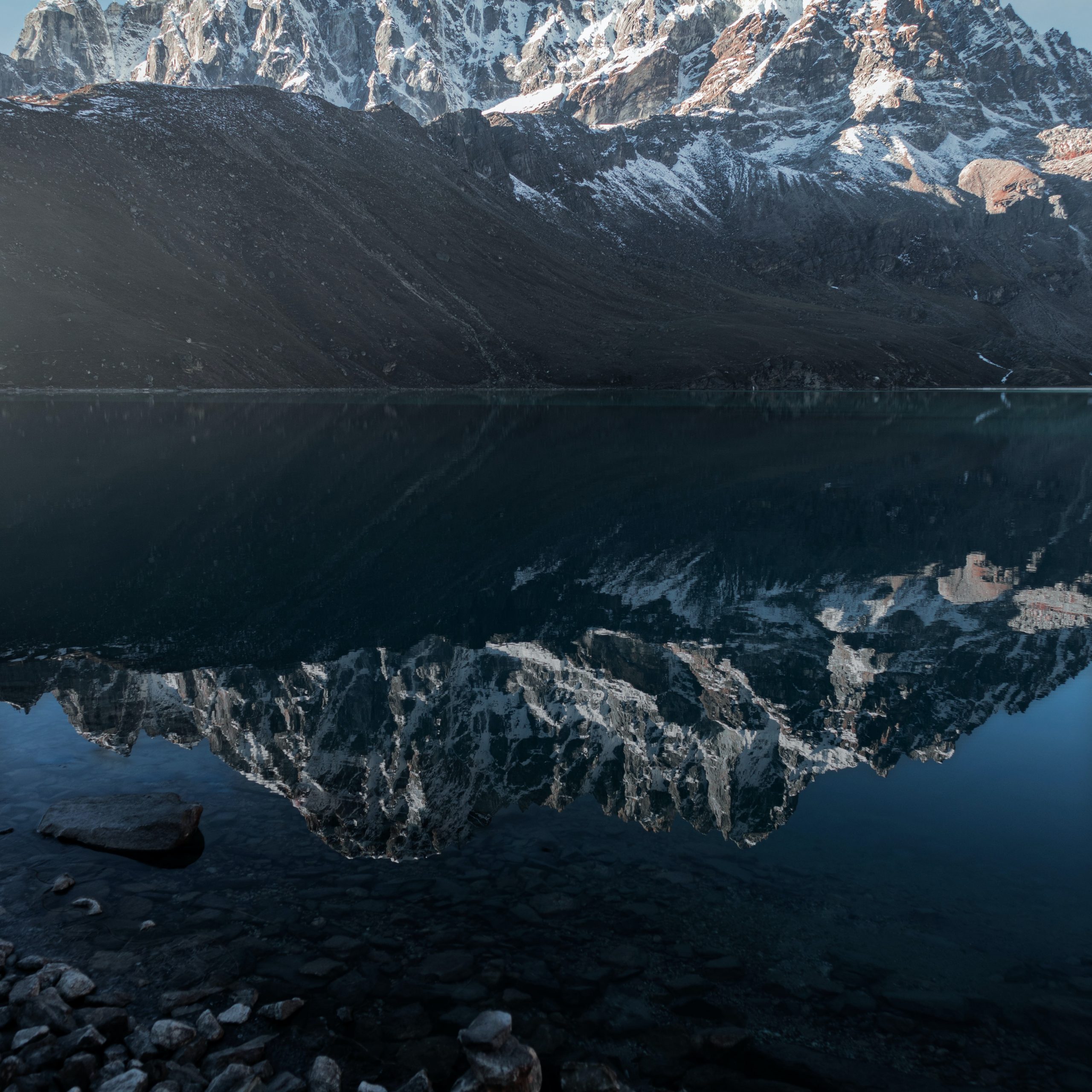
Transfer to the international airport for your onward journey, carrying unforgettable memories of your Himalayan adventure.
Durations
Languages
Frequently asked questions
The best seasons for trekking are spring (March to May) and autumn (September to November) when the weather is stable, skies are clear, and temperatures are moderate.
Essential items include sturdy trekking boots, layers of clothing for varied weather, a good backpack, a sleeping bag, sunscreen, a hat, sunglasses, and personal toiletries. A comprehensive packing list is advisable.
ATM facilities are available in Namche Bazaar, but it's recommended to carry enough Nepali rupees in cash. Some lodges and shops may accept credit cards, but it's not reliable.
While it's possible to trek independently, having a guide can enhance the experience by providing local insights and ensuring safety. Porters can help ease the physical burden of carrying heavy loads.
Temperatures can vary greatly. At higher altitudes, especially in the evenings and mornings, temperatures can drop below freezing, so proper cold-weather gear is essential.

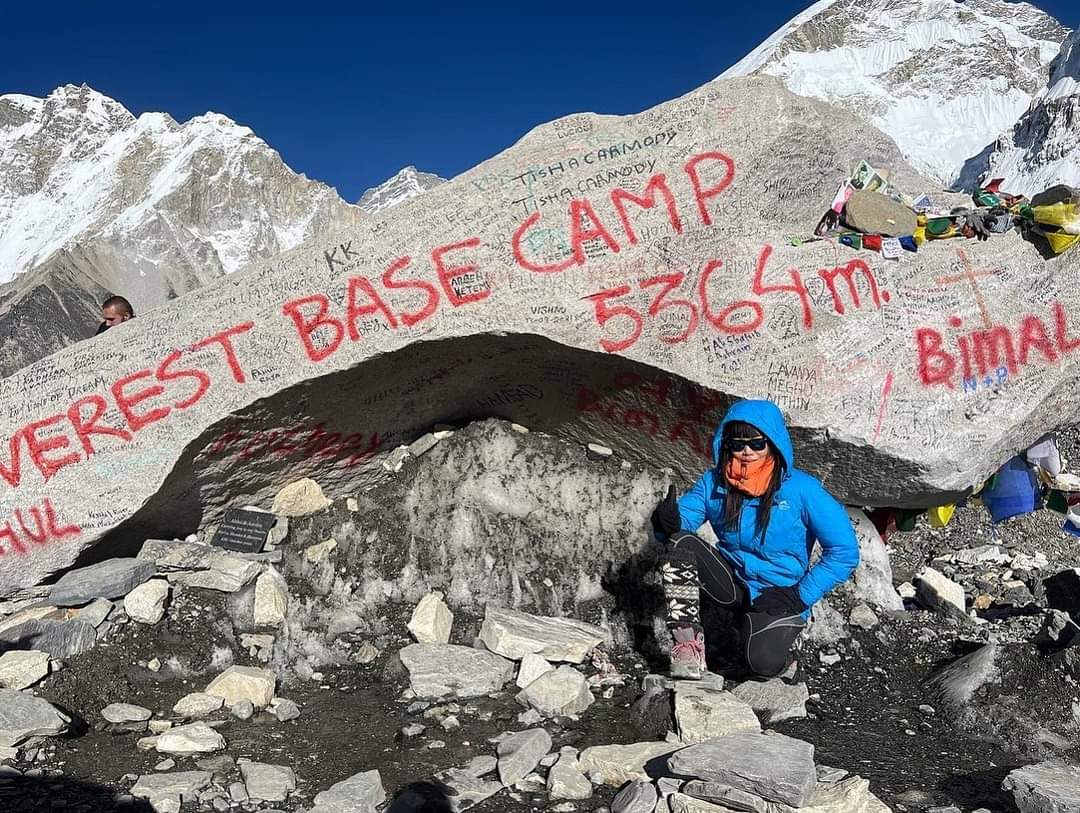

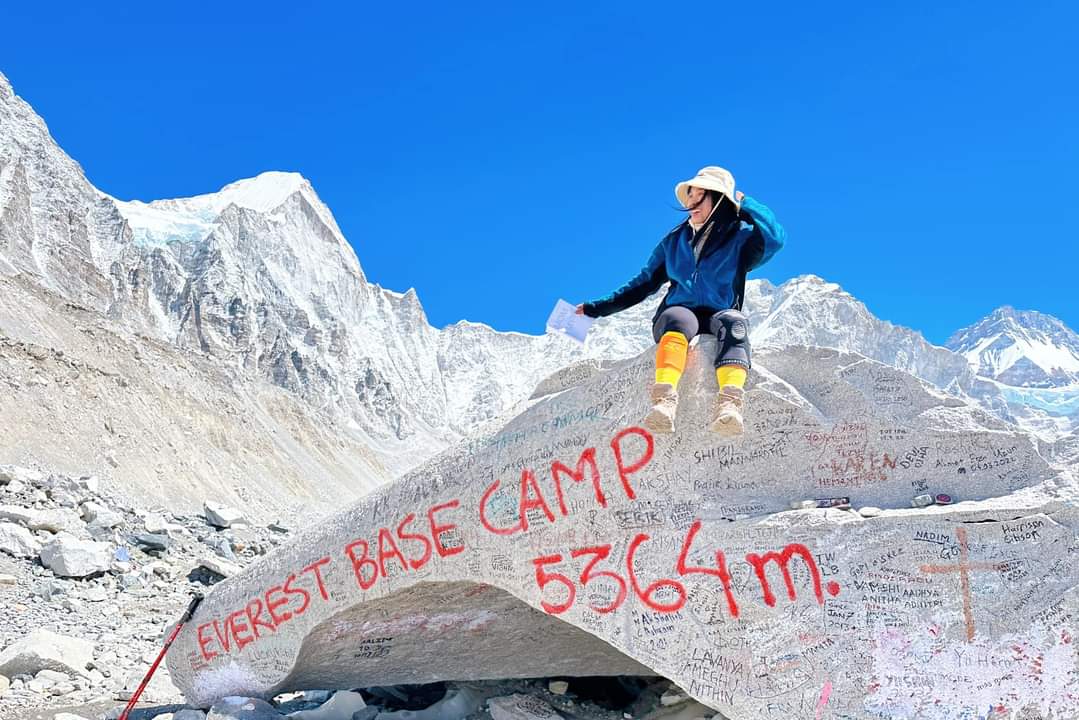
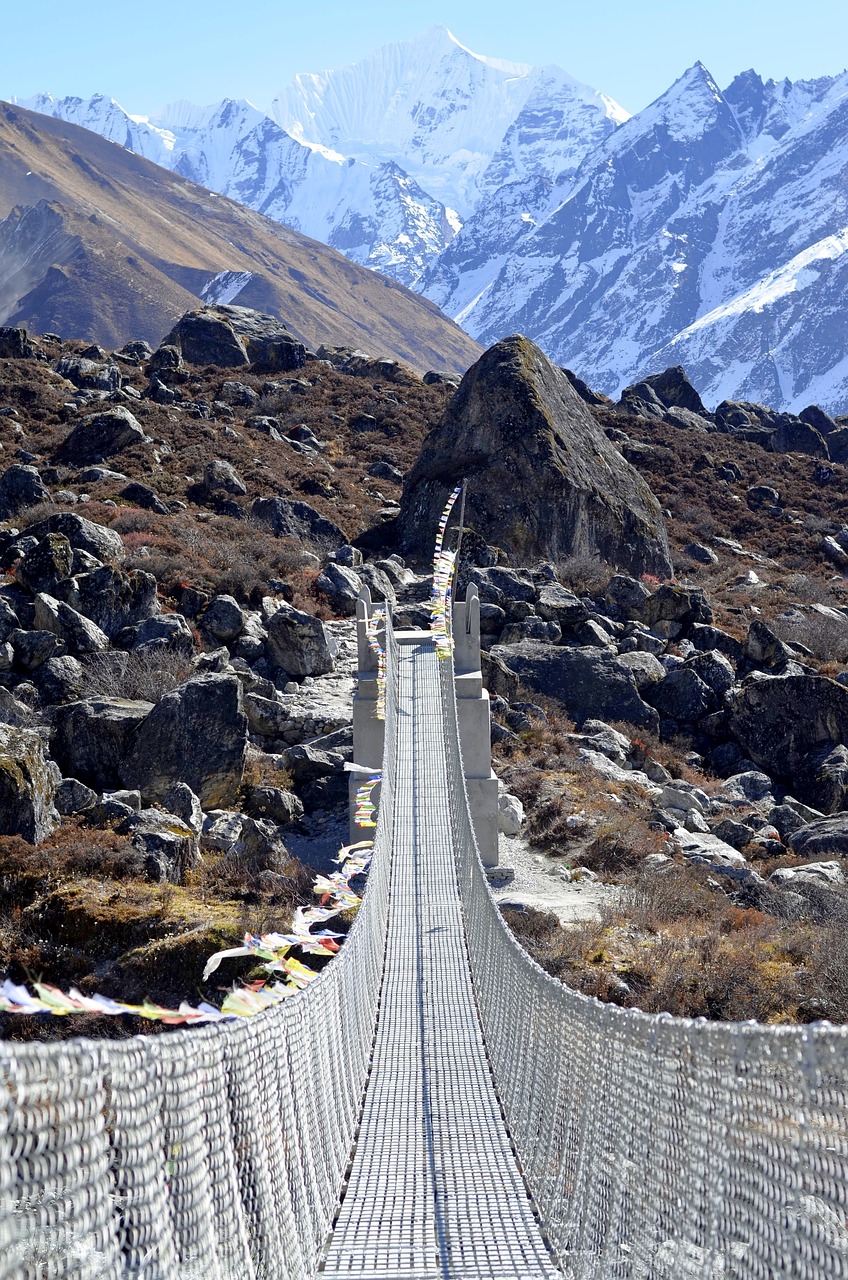
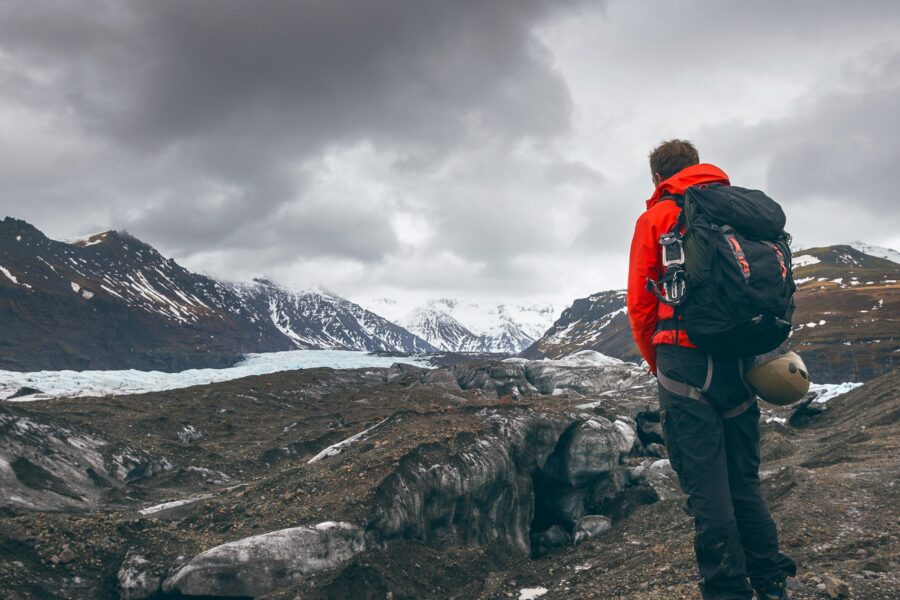

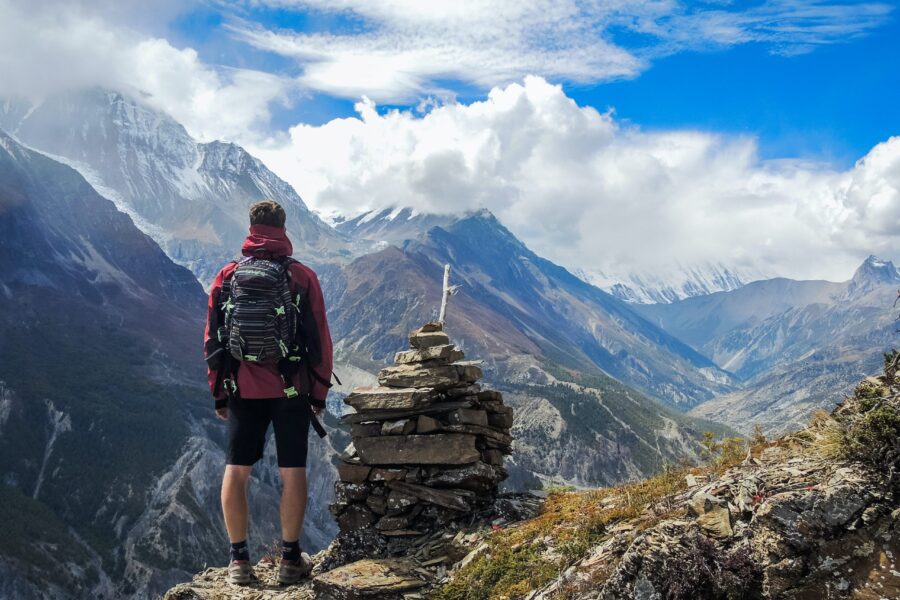

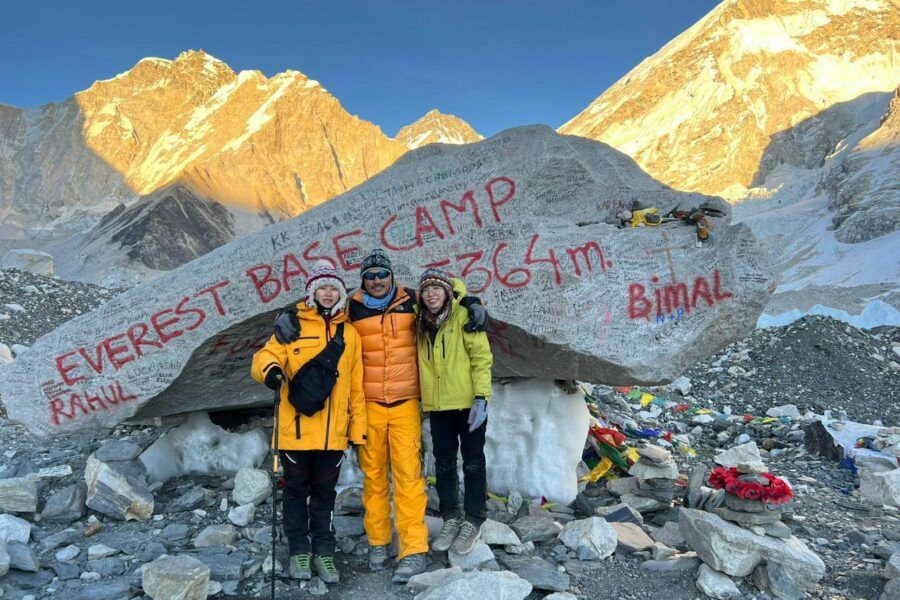
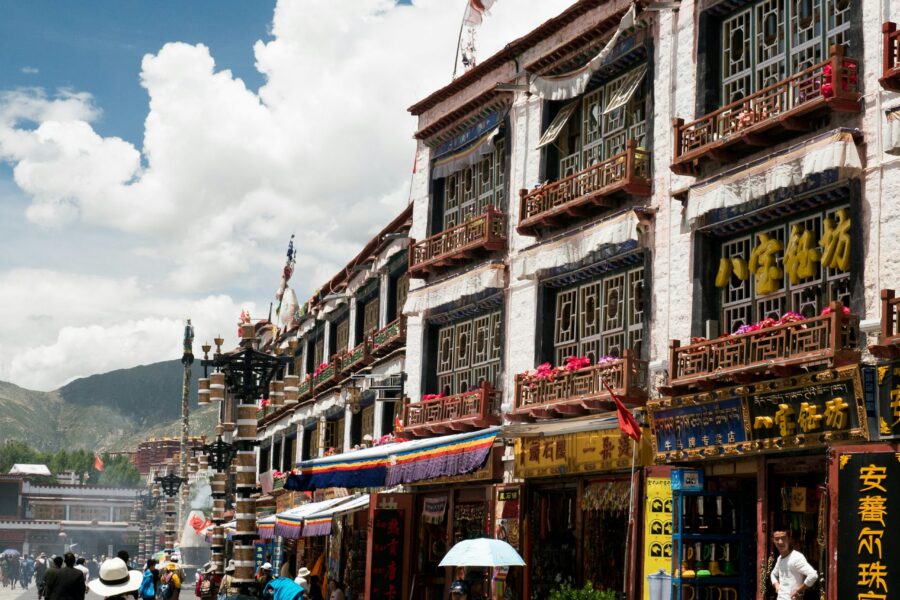

<a>sugar defender</a> Adding Sugar Defender to my everyday routine was just one of the most effective choices I have actually made for my health and wellness. I take care concerning what I eat, however this supplement includes an added layer of assistance. I really feel more constant throughout the day, and my yearnings have decreased significantly. It's nice to have something so straightforward that makes such a large distinction! <a>Sugar defender ingredients</a>